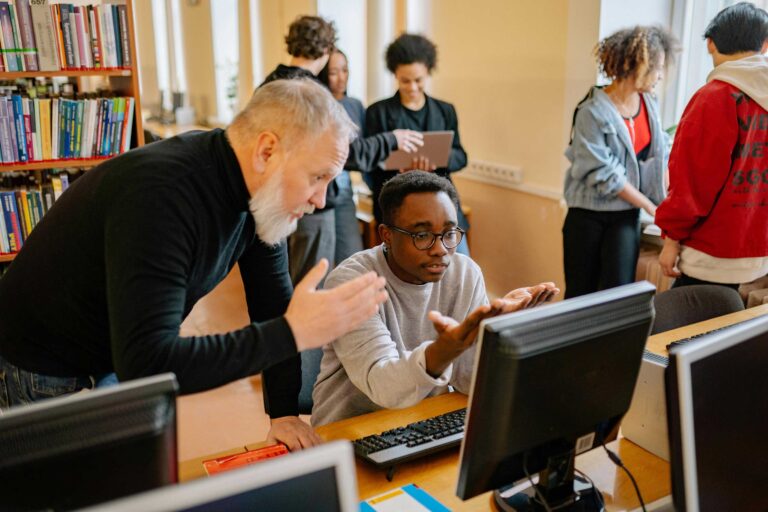To be a young person today is to worry. While we all experienced the challenges of our teen years, today’s generation of young people face a set of unique challenges. Social media pressures. Racial unrest. Climate change. Threats to basic rights. Global instability. And the list goes on. Add to that a once-in-a-generation pandemic, and the youth mental health crisis that was a kindling fire a decade ago has become a five-alarm blaze.
Our youth are desperately in need of help, and it is time we answer the call. In data released this month, a record 5.4 million people in 2021 took a mental health screening using Mental Health America’s (MHA) Online Screening Program – almost half of them were youth aged 11-17. In our analysis, we saw rates of people experiencing suicidal ideation reach record levels, with particularly high numbers among LGBTQ+ youth and youth of color.
So, what can we do?
At MHA, we are focused on next-generation prevention – guarding against the emergence of mental health conditions and mitigating the impact for those who are currently struggling. That includes:
- Ensuring the conditions for mental well-being, such as housing food and economic security.
- Ensuring timely access to culturally responsive mental health services, without financial or other barriers.
- Providing education on the basics of mental health, resilience, and recovery.
- Responding promptly, especially in emergency situations, with trained peers and clinicians.
- Addressing the addiction crisis.
- Prioritizing equity and ensuring inclusion.
- Leading with the voices of lived experience.
This is what next generation prevention looks like. We address some of these concepts in our 2022 Mental Health Month Toolkit, Back to Basics. Find, in both English and Spanish:
- How to maintain good mental health,
- How to recognize when you need help with mental health,
- What to do when you need help with your mental health, and
- Terms to know.
Our toolkit also includes ways to involve your workplace, community, school, or organization with posters, drop-in articles, and sample social media posts and graphics.
In addition, learn more about the youth mental health crisis and how MHA works to elevate the voices of our young people through the Young Mental Health Leaders Council and the Collegiate Mental Health Innovation Council.
Mental health is health, and just as it is important to build a strong foundation of knowledge about our physical health, the same is true of mental health. This Mental Health Month, I encourage you to step back inside the metaphorical classroom and get Back to Basics, as we work together for better mental health for all youth.
I also encourage you to check in with friends and family this month – offer to listen, validate feelings, and aid in accessing help if needed. While we are dealing with serious, and sometimes complicated topics, it is important to support each other remember that mental well-being and healing are within reach.
Mental Health American is a member of the National Health Council. This blog was originally published on the NHC website.


